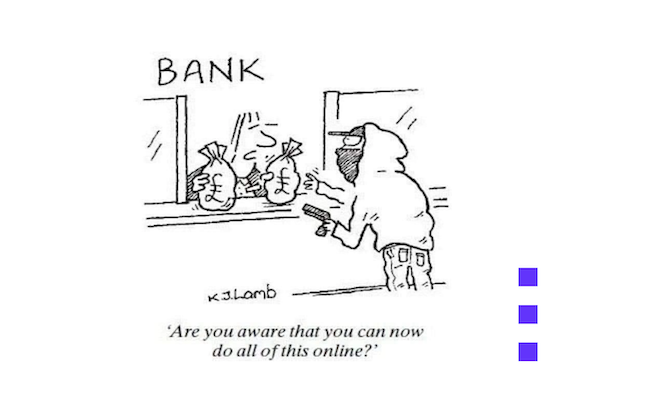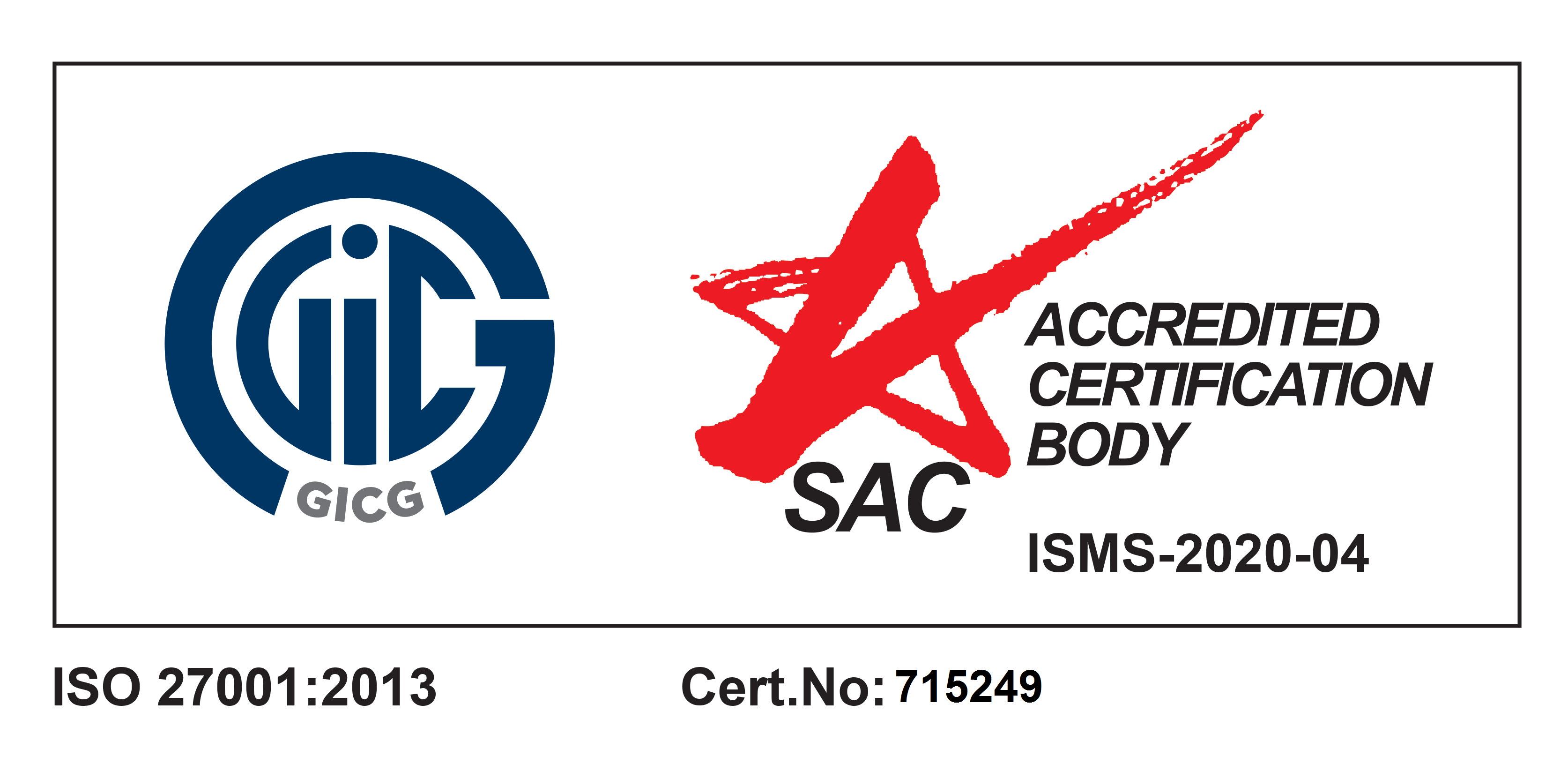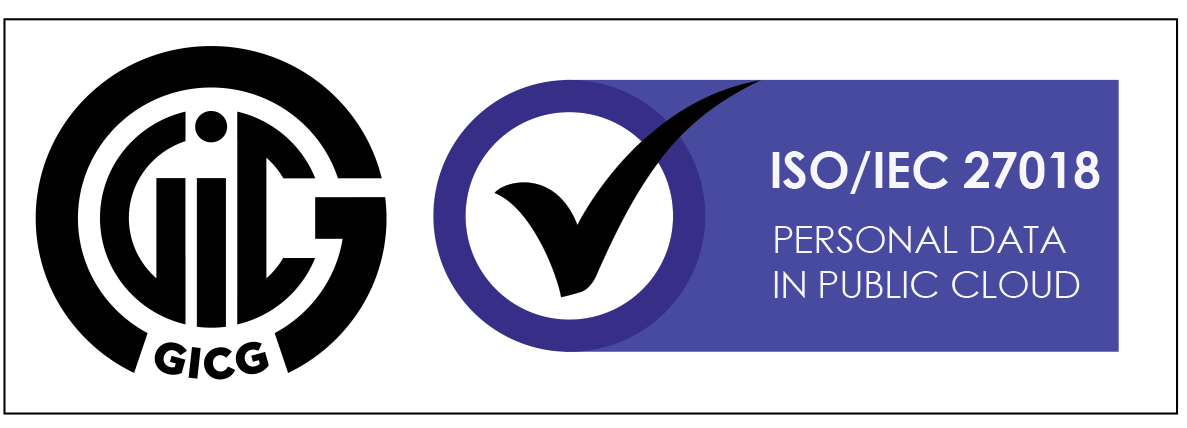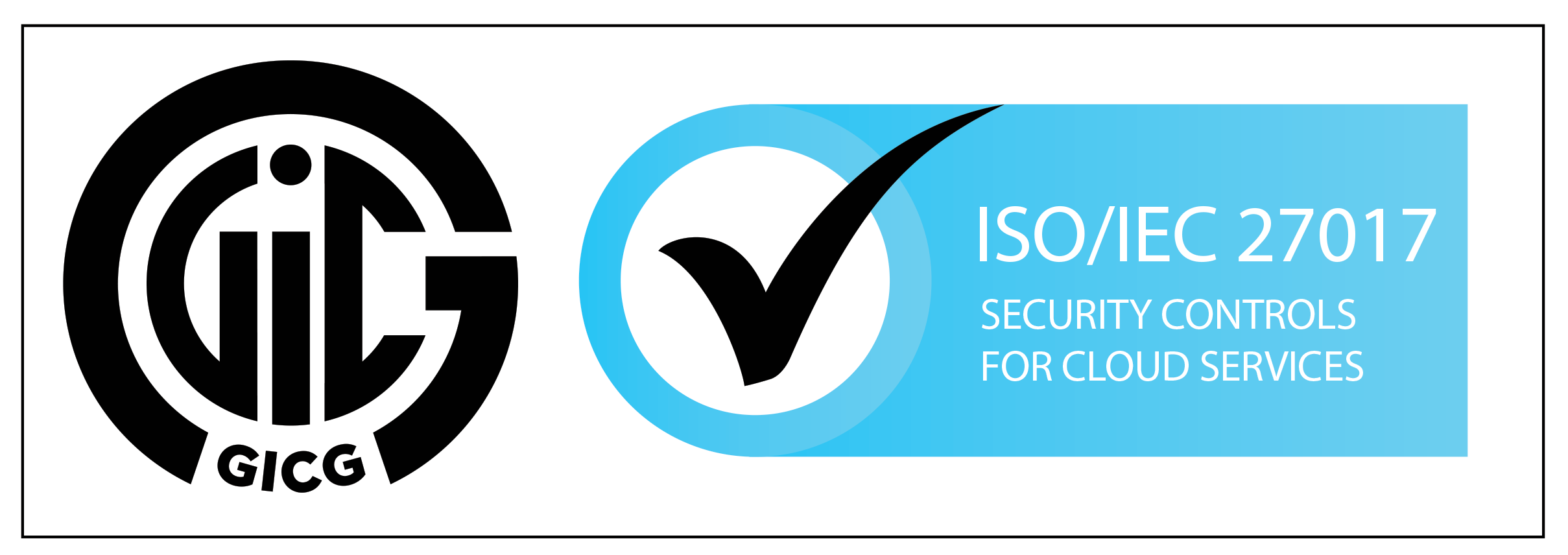What is a Signature?
A signature is a unique personal mark representing a person's identity and confirming their approval or authorization of a document or message. In other words, it is a visual representation of a person's name or other identifying information used to signify their agreement, endorsement, or authentication. Signatures have been used for centuries in various contexts, including legal, financial, and personal communications.
In this digital world, signatures have evolved to include electronic signatures, which can be created using a digital pen or other input device and can be used to sign documents electronically. Undoubtedly, signatures are vital in ensuring the authenticity and integrity of documents, contracts, and agreements, and they are often legally binding. There are different signature types, and this guide will explain the 5 types of signatures. Types of Signature
There are different signature types, each with its unique characteristics and purposes. Some of the most common types of a signature include:
1. Written or Wet Signature
Written signatures, also known as wet signatures, are one of the most traditional and commonly used types of signatures. A written signature involves physically signing a document or agreement using a pen or other writing instrument. This type of signature can be used on paper documents, such as contracts, legal agreements, and financial documents, and is typically required in formal or legal contexts.
To create a written signature, a person must physically write their name or sign their initials on the document in question. Generally, the signature is often accompanied by the date and other identifying information, such as a job title or company name. Once the document is signed, it is legally binding, and any changes or alterations may invalidate the signature.
2. Electronic Signature or E-signature
Electronic signature or e-signature refers to any signature created using electronic means rather than a traditional handwritten signature. Fortunately, e-signatures are becoming increasingly popular in today's digital age, where many documents and transactions are online.
In addition, e-signatures are becoming widely accepted as a legally binding form of signature. However, it is important to ensure that the e-signature meets the legal requirements in your jurisdiction before using it in a legally binding document or transaction.
3. Digital Signature
A digital signature is a type of signature that uses cryptographic techniques to verify the authenticity and integrity of a digital document or message. A mathematical algorithm generates a unique identifier for the document or message, which can be used to verify its origin.
Generally, digital signatures are used in various applications, including email, online transactions, and electronic documents. They offer several advantages over traditional signatures, such as being more secure, efficient, and easily verifiable.
4. Symbols and Marks
Some individuals choose to sign their names with symbols or marks instead of using traditional handwriting. This type of signature can be a creative and unique way to authenticate a document or artwork. Generally, symbols and marks can include anything from a simple circle or triangle to a more complex design representing the signer's personality or brand. Many artists and graphic designers use their unique mark as a signature to identify their work.
This type of signature can also be used to protect against forgeries. A signature with a unique symbol or mark can be difficult to replicate, making it easier to detect a fraudulent signature. However, it is important to note that symbols and marks as a signature may not be accepted in all situations. Some legal documents and contracts require a traditional handwritten signature. Therefore, checking the guidelines for signing documents before using a symbol or mark is important.
5. Clickwrap Signature
A clickwrap signature is a type of electronic signature widely used in online transactions. In a clickwrap agreement, the user must click on an "I Agree" button or a similar button to signify their consent to the terms and conditions of the agreement.
Undoubtedly, the clickwrap signature is one of the most popular forms of electronic signature because it is quick and easy to use. With just a few clicks, users can agree to the terms of an agreement without having to read through lengthy legal documents.
Conclusion
In short, digital signatures provide a convenient and secure way to sign documents without the need for complex setups or data sharing. Various tools and platforms make it easy to adapt and utilize digital signatures for securely signing documents from a desktop or device. Dedoco is one of them and offers a fast, efficient, and secure way to sign documents
.svg.png)


.jpg)


_Full Colour.png)



